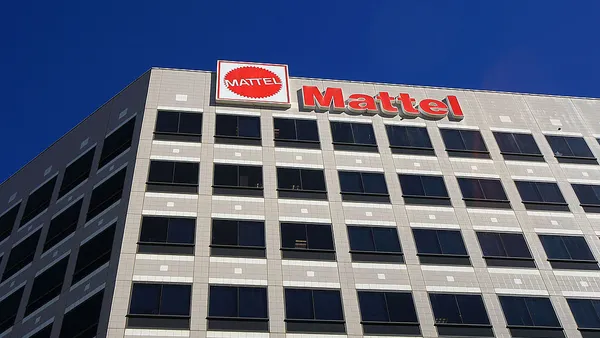Dive Brief:
- Drug quality assurance is among the biggest challenges facing the pharmaceutical supply chain, as strict temperature requirements and logistics confusion can affect a product's integrity, and therefore a life, according to a Stat Trade Times report.
- Speakers representing Teva, Sandoz, Ranbaxy and two freight forwarders took turns identifying the weakest links in air transport of pharmaceuticals at an Air Cargo Africa 2017 panel this week.
- The "black hole" of airports, general transit points, lack of communication and complex customs processes emerged as the top concerns. The panelists agreed increasing end-to-end visibility, traceability and temperature control were top priorities for the drug supply chain.
Dive Insight:
Quality assurance is a top concern for any manufacturer; if a product reaches the buyer in an imperfect condition, the manufacturer could be slapped with financial penalties, face strained relations, or if not caught immediately, blamed for a recall. The stakes are higher when producing drugs, however, as an imperfect product could cause physical harm to the end-consumer.
Yet, drug manufacturers have long faced an additional challenge in the quality assurance process. Simply, if an imperfect product reaches the consumer, it is far more difficult to identify the cause of the problem due to the complex chemical composition and strict temperature controls of pharmaceuticals. Was it the supplier, who provided a compromised pharmaceutical ingredient? Or was it a problem in the logistics chain, wherein a product was left without the proper temperature controls for far too long? In some cases, it could even be the storage process at the hospital or ill-fitting packaging.
Perhaps due to these unique challenges, the panelists at Air Cargo Africa 2017 provided widely varied answers when asked to describe what the "top" problem that they face. From a supply chain perspective, it is hard to tell, but with this lack of transparency — be it at the airport, in customs, or with logistics partners — all agreed on one solution: increase the end-to-end visibility.
With this mission in mind, the pharmaceutical industry and its cold chain partners, including regulatory bodies and equipment vendors, have recently set out to overhaul the way drugs are tracked and managed. "Track and trace" solutions abound, pharmaceutical companies are investing in integrating their supply chain systems, and the Food and Drug Administration has been implementing new serialization requirements to be able to track a drug's progress at every step of the way.
The logistics world is not falling behind, either. American Airlines, for example, recently announced it would seek Center for Excellence and Independent Validators (CEIV) certification for its cold chain hubs in Miami and Philadelphia. In addition, the World Trade Organization's newly ratified Trade Facilitation Agreement promises to streamline customs operations worldwide through a form of digitization, mainly helping reduce confusion over documentation needed for imports from and exports to developing countries.
In short, each partner in the pharmaceutical supply chain is doing its part to make the lofty goal end-to-end visibility and integrity a reality. The next step will be linking all the pieces together.












